The Ultimate Guide To B2b Email Outreach Strategies In 2025
In the fast-evolving world of B2B marketing, email outreach remains one of the most powerful tools for connecting with potential clients, nurturing leads, and driving conversions. But as 2025 unfolds, businesses face a new set of challenges: inboxes are more crowded than ever, spam filters are smarter, and buyers expect personalized, value-driven communication.
This guide dives deep into the most effective B2B email outreach strategies for 2025, equipping you with the insights, techniques, and tools needed to cut through the noise, build meaningful relationships, and boost your sales pipeline. Whether you’re a seasoned marketer or a growing startup, these strategies will help you craft emails that get opened, read, and acted upon.
Understanding the Evolution of B2B Email Outreach
In the realm of business to business marketing, email outreach has undergone a significant transformation, spurred by technological advancements and shifting buyer behaviors. Originally, B2B sales teams relied heavily on cold calling and rudimentary email blasts with minimal personalization. However, today’s sophisticated sales outreach strategies harness email personalization and target audience segmentation to deliver intelligent, relevant messaging that feeds directly into the sales funnel.
The integration of customer relationship management (CRM) systems like Salesforce and HubSpot has further catalyzed this evolution. These platforms enable real-time tracking of email marketing metrics, email open rates, click-through rates, and facilitate email automation and sequencing. Teams can orchestrate intricate email drip campaigns, coordinating automated follow-ups based on recipient behavior, thus significantly improving lead nurturing and customer acquisition.
In parallel, solutions such as Outreach.io, SalesLoft, and Reply.io empower sales professionals to manage email sequencing and reply management seamlessly, fostering better sales engagement. Consequently, this evolution has turned the cold email from a one-way broadcast into a dynamic, conversation-driven channel essential for modern B2B communication.
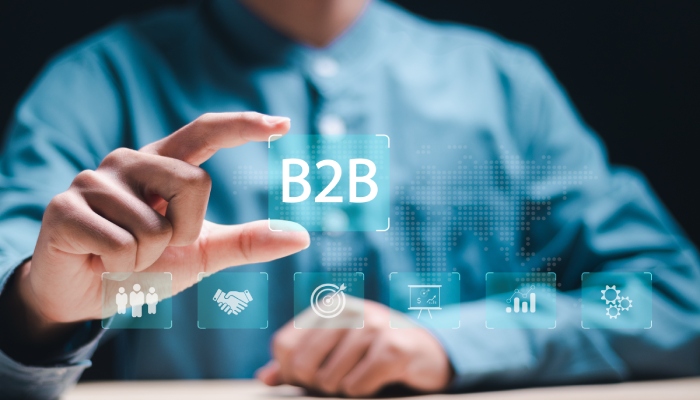
Key Trends Shaping B2B Email Strategies in 2025
Several dominant trends are reshaping how businesses approach B2B email outreach in 2025:
- Hyper-Personalized Email Content: Leveraging data from contact databases and enrichment tools such as ZoomInfo and Clearbit, marketers can create truly personalized email content that speaks to individual pain points, leading to higher conversion rate optimization.
- AI-Powered Email Sequencing and Automation: Tools like Mixmax, Woodpecker, and ActiveCampaign now incorporate AI for email subject line optimization and predictive analytics to time email follow-ups for maximum engagement, greatly reducing the email bounce rate.
- CRM Integration and Unified Workflows: Salesforce, Freshworks CRM, and HubSpot have elevated CRM integration beyond simple contact storage, embedding email tracking directly into the sales pipeline, thus providing better visibility into the entire sales funnel.
- Permission-Based Marketing and Compliance: Increasing emphasis on GDPR and CAN-SPAM compliance means permission based marketing is critical to maintain email deliverability and ethical outreach practices.
- Hybrid Approach of Inbound and Outbound Marketing: Although inbound marketing remains crucial for content-driven lead generation, outbound marketing tactics such as cold outreach and prospecting emails retain their importance, especially when enhanced by personal touch and B2B lead generation tools like Apollo.io and LeadIQ.
To explore some of the best cold email approaches recommended by industry leaders, viewing cold email templates provides actionable insights.

Building a Targeted and High-Quality B2B Email List
A successful email marketing strategy hinges on the foundation of a clean, segmented, and permission-based contact list. The process of email list building has shifted from mass scraping to a more nuanced practice of email list segmentation that respects privacy while enabling targeted emails.
Key tactics include:
- Utilizing enriched databases and lead intelligence platforms such as ZoomInfo, Clearbit, and Vainu to build a robust contact database.
- Employing B2B lead generation tools like LinkedIn Sales Navigator and Toofr for precise target audience segmentation filtered by industry, company size, and role.
- Regularly cleansing lists through tools that monitor email bounce rate and engagement metrics to maintain email deliverability.
- Implementing permission based marketing practices to ensure all recipients have opted in, reducing complaints and improving sender reputation.
Crafting Personalized and Engaging Email Content
To break through the noise in today’s crowded inboxes, personalized email content is paramount. Effective strategies combine empathy with data-driven insights to produce compelling messages that resonate with the recipient’s specific challenges.
Best practices include:
- Writing concise, benefit-focused copy that aligns with the recipient’s business objectives.
- Leveraging email personalization beyond just first names—incorporate company-specific references, mention recent events, or suggest tailored solutions.
- Incorporating storytelling techniques in emails to engage the reader on an emotional level, stimulating interest in the product or service.
- Developing email templates that can be customized quickly for different segments, improving efficiency while maintaining a human touch.
- Using email sequencing to strategically space messages and utilize different types of touches, from educational content to direct calls to action.
Platforms like SalesLoft and Reply.io support marketers by enabling them to craft and deliver hyper-targeted emails and monitor recipient behavior for continuous refinement. To deepen your knowledge of effective cold email content, resources such as the best cold emails ever provide exemplary templates.
The impact of relationship marketing through email campaigns also amplifies lead nurturing, turning initial cold touches into warm dialogues and eventual pipeline growth.
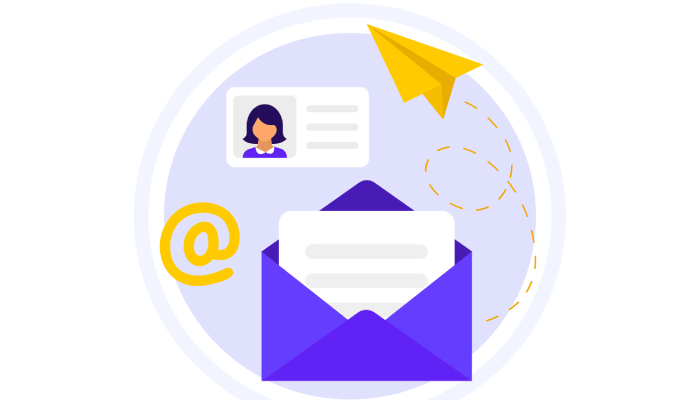
Subject Line Best Practices to Maximize Open Rates
The effectiveness of a B2B email campaign is greatly influenced by the email subject line optimization — it’s the primary driver of email open rates. In 2025, subject lines must grab attention while remaining authentic and relevant.
Consider these key elements:
- Clarity and Relevance: Subject lines should clearly convey the email’s value proposition tailored to the recipient’s role or industry segment.
- Personalization: Integrate recipient-specific details or references achievable through CRM data and enrichment tools like LeadIQ or Clearbit.
- Brevity: Optimal length hovers around 40-50 characters to ensure visibility in mobile inboxes.
- Actionable Language: Use verbs and actionable terms that evoke curiosity or urgency without sounding aggressive (e.g., “Unlock your sales potential with…”).
- Avoid Spam Triggers: Steer clear of overly promotional language or excessive punctuation to maintain high email deliverability.
To monitor and enhance subject line performance, tools such as Yesware, Mixmax, and Gong.io provide extensive email tracking and analytics capabilities, allowing marketers to analyze email marketing metrics and iterate rapidly for continuous improvement.
For an in-depth dive into subject line crafting, exploring cold email subject line optimization resources delivers practical advice and templates.
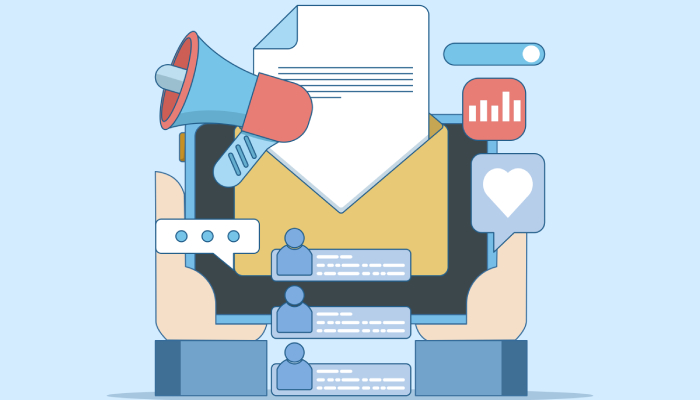
Leveraging AI and Automation in Email Outreach
In the evolving landscape of business to business marketing, AI and email automation have revolutionized how teams approach sales outreach and lead generation. By integrating customer relationship management (CRM) platforms like Salesforce, HubSpot, and Freshworks CRM with AI-powered tools such as Gong.io and Clara Labs, B2B sales teams can streamline email sequencing and cold outreach initiatives. These technologies facilitate highly personalized email content through data-driven insights, enabling targeted email campaigns that resonate with segmented audiences.
Email automation platforms including Outreach.io, Reply.io, and SalesLoft allow for advanced email drip campaigns and automated follow-ups tailored to a prospect’s behavior and engagement metrics. This dynamic approach enhances email deliverability and increases email open rates by deploying messages with optimized subject lines and timing based on AI analysis.
Furthermore, the integration of B2B lead generation tools such as ZoomInfo and Clearbit enriches the contact database with firmographic and technographic data, ensuring precision in audience targeting vital for conversion rate optimization.
Leveraging AI in sales engagement also equips teams with email tracking and reply management capabilities that inform continuous improvement of email marketing strategies. For example, Mixmax and Yesware provide actionable email marketing metrics that help optimize email click-through rates and reduce email bounce rate through real-time deliverability monitoring. Ultimately, these innovations support a comprehensive marketing automation framework that drives efficiency within the sales funnel and nurtures long-term customer relationships.
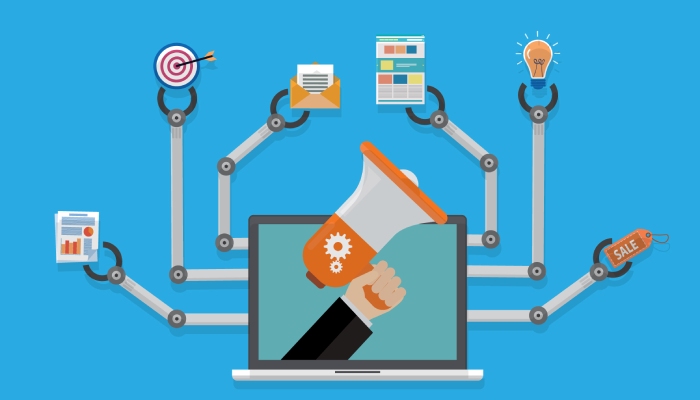
Timing and Frequency: When to Send Your Emails
Effective timing and frequency are critical facets of a successful outbound marketing campaign. Mastery over when to dispatch prospecting emails can dramatically impact email open rates and email conversion tracking. Research facilitated by tools like Mailshake demonstrates that emails sent during mid-week mornings tend to yield higher engagement rates, although this can vary significantly depending on target audience segmentation.
Balancing email follow-up cadence without overwhelming recipients is crucial for permission-based marketing compliance and maintaining positive relationship marketing. Employing CRM integration with platforms such as HubSpot or Pardot allows marketers to schedule automated follow-ups and set thresholds for outreach best practices, thus preventing fatigue in the sales pipeline.
Cold calling, traditionally a more interruptive form of outreach, when strategically combined with timely email outreach can reinforce messaging and improve overall lead nurturing efforts. Combining these insights on timing with tailored targeted email campaigns results in higher email click-through rates and customer acquisition success.
To further enhance these effects, consider leveraging email subject line optimization techniques recommended by industry leaders to capture attention right from the inbox. For detailed templates supporting optimal timing and messaging, explore well-curated resources like Leadfeeder’s cold email templates and community insights on effective cold email strategies on Reddit Sales.
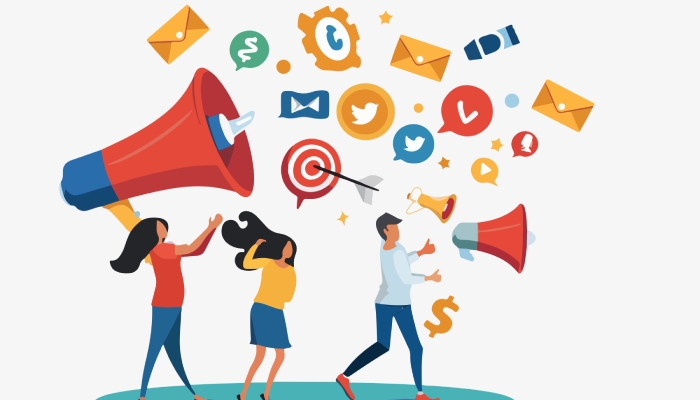
Designing Mobile-Optimized and Responsive Emails
With the increasing prevalence of mobile device usage for B2B communication, crafting mobile-optimized and responsive emails is no longer optional. Email marketing platforms such as Mailchimp, Sendinblue, and Constant Contact provide intuitive templates designed to adapt seamlessly across devices, enhancing user experience which directly affects email open rates and subsequent sales engagement.
Responsive design in outbound marketing helps reduce email bounce rate caused by formatting issues on mobile clients while improving the visibility of call-to-action buttons — critical for conversion rate optimization. Furthermore, marketing automation tools like ActiveCampaign and Marketo enable marketers to preview and tailor email templates explicitly for mobile responsiveness, ensuring consistent brand messaging throughout the marketing funnel.
Email personalization techniques embedded within these platforms allow for dynamic content that adjusts according to device and audience preferences, supporting robust lead nurturing strategies. By aligning email list building efforts with advanced CRM capabilities and integrating insights from tools like LinkedIn Sales Navigator and Apollo.io, marketers can refine mobile-targeted campaigns that deliver measurable business development results.

Complying with GDPR, CAN-SPAM, and Other Regulations
Compliance with privacy regulations such as GDPR, CAN-SPAM, and other regional laws is fundamental to ethical B2B lead generation and sustained customer acquisition. Permission-based marketing remains the cornerstone of successful email marketing strategy, ensuring that prospecting emails are legally sent only to recipients who have consented, minimizing the risk of damaging a company’s reputation or incurring penalties.
CRM platforms such as Salesforce, Pardot, and Nureply include built-in compliance features for contact database management, automate unsubscribe requests, and manage consent preferences effectively. Email list segmentation combined with targeted email campaigns supports transparency and relevance, enhancing compliance and customer trust.
Furthermore, outbound marketing campaigns must account for practices that affect email deliverability and email bounce rate. Utilizing email marketing metrics and email conversion tracking to monitor campaign performance can highlight potential compliance issues, while adherence to outreach best practices preserves the integrity and effectiveness of cold email and email drip campaign initiatives. For organizations looking to deepen understanding, resources like Impactable’s B2B outreach strategies offer detailed compliance frameworks tailored to email marketing.
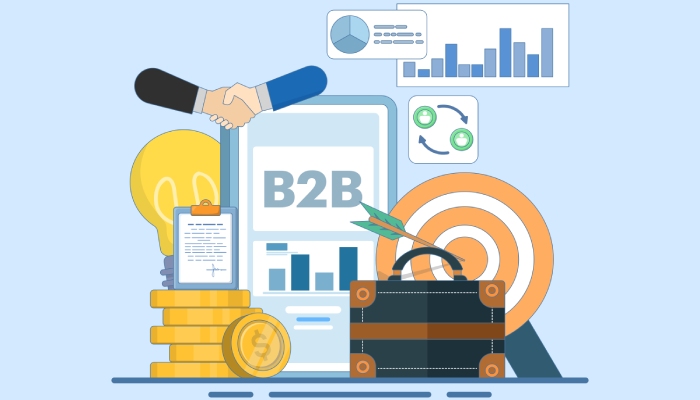
Using A/B Testing to Refine Your Email Campaigns
A/B testing is essential for optimizing email marketing metrics and enhancing overall campaign performance. By systematically experimenting with variables such as email subject line optimization, call-to-action placement, and personalized email content, marketers can identify what resonates best with discrete audience segments.
Platforms like Woodpecker and Groove provide built-in A/B testing features that facilitate real-time analysis of email open rates, click-through rates, and reply management. When integrated with a CRM like Freshworks CRM or HubSpot, these insights feed into business development and sales pipeline strategies by refining lead nurturing and sales funnel tactics based on data-driven decisions.
A/B testing complements conversion rate optimization by informing adjustments to email sequencing and email automation workflows, allowing the creation of more effective targeted email campaigns. Marketers can also leverage email templates proven to perform well via resources such as Nutshell’s best cold emails or Artisan’s cold email templates to accelerate this process.
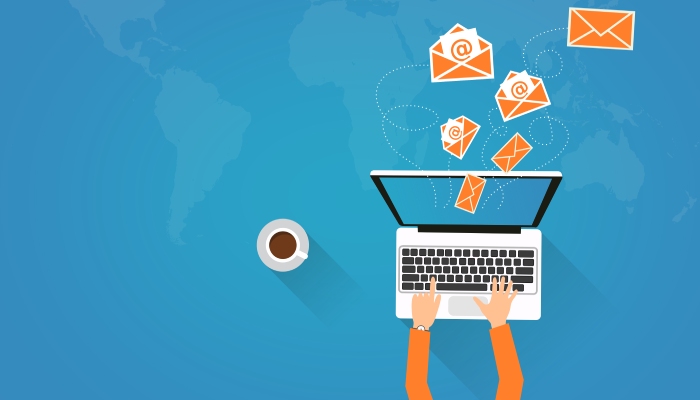
Measuring Success: Key Metrics to Track in 2025
In the evolving landscape of business to business marketing, particularly within email marketing, accurately measuring success ensures continuous improvement and greater ROI. The key metrics to focus on in 2025 to evaluate B2B email outreach effectiveness include:
- Email Open Rates: This reflects how well your email subject line optimization is resonating with your target audience segmentation. Tools like Mailchimp and HubSpot provide sophisticated dashboards to monitor open rates in real time, assisting your marketing automation strategy.
- Email Click-Through Rates (CTR): Beyond opens, CTR indicates engagement, essential for conversion rate optimization and lead nurturing. You can leverage email tracking software such as Yesware or Mixmax to analyze which links generate more interest.
- Email Bounce Rate: Maintaining email deliverability is crucial to avoiding spam filters and preserving list health. Platforms like Woodpecker and Sendinblue include robust algorithms that reduce bounce rates through automated list verification processes.
- Reply Rate and Reply Management: Effective sales outreach requires prompt responses. Outreach best practices emphasize monitoring reply management to gauge sales engagement and optimize email sequencing.
- Conversion Rate and Customer Acquisition: Tracking how many prospects from cold email and email drip campaigns convert and move through the sales funnel is the ultimate measure of success. Salesforce and Freshworks CRM assist with email conversion tracking in sync with your CRM integration.
- Email List Segmentation Performance: Sophisticated contact databases powered by ZoomInfo or Clearbit help refine target audience segmentation, improving personalized email content relevance.
- Automated Follow-Ups: Platforms like Reply.io and SalesLoft enable email automation and automated follow-ups, increasing the chances of successful cold outreach.
Leveraging B2B lead generation tools such as Apollo.io or LinkedIn Sales Navigator amplifies your cold calling and prospecting emails effectiveness by refining your marketing funnel and providing real-time insights into outreach campaign performance. Learn more about optimized cold email templates and strategies here.
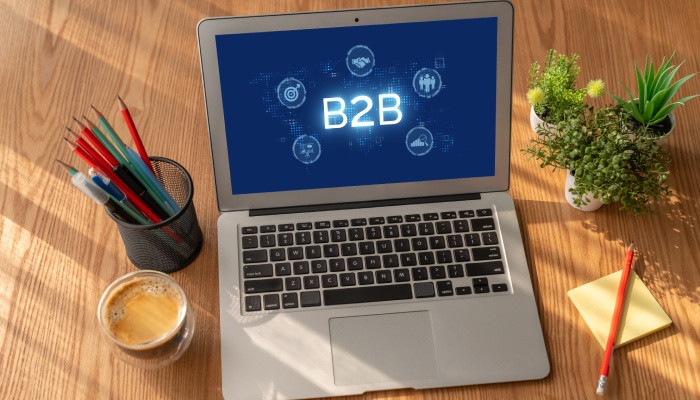
Common Email Outreach Mistakes to Avoid
To maximize the impact of your B2B sales and business development initiatives, avoiding prevalent errors in cold outreach or targeted email campaigns is critical:
- Lack of Email Personalization: Failing to employ personalized email content reduces engagement. CRM platforms like HubSpot and Salesforce encourage dynamic content insertion to tailor messaging to individual prospects.
- Ignoring Target Audience Segmentation: Sending generic emails without proper segmentation drastically lowers email open rates and increases email bounce rate.
- Overlooking Email Subject Line Optimization: The subject line dictates open rates. Data from Cleverly.co shows that poorly crafted subject lines result in lost opportunities.
- Neglecting Email Follow-Up: Many sales outreach campaigns fail due to insufficient follow-ups. Consistent, automated follow-ups powered by Reply.io or Woodpecker are essential for lead nurturing.
- Spamming Without Permission: Violating permission-based marketing principles damages brand reputation and affects email deliverability adversely.
- Inadequate Email Tracking and Reply Management: Without tools like Gong.io or Clara Labs to analyze interactions and optimize timing, sales pipeline velocity suffers.
- Failure to Integrate CRM and Marketing Automation: Disconnected systems result in lost data and scattered insights. Integration between marketing automation tools such as Marketo or Pardot with CRM platforms ensure seamless B2B communication and sales engagement.
For outreach best practices to avoid these errors, along with actionable advice on optimizing email marketing strategy, check out resources available on Reddit’s sales community.
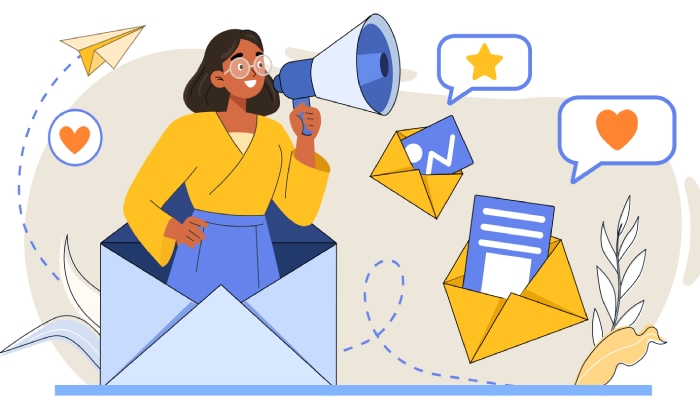
Case Studies: Successful B2B Email Campaigns in 2025
Real-world examples of effective B2B email marketing demonstrate the power of a well-orchestrated sales outreach campaign:
- HubSpot’s Inbound Email Marketing: By synergizing inbound marketing with outbound marketing efforts using sophisticated email sequencing and personalization, HubSpot achieved record email open rates and increased customer acquisition metrics. Their use of email drip campaigns tied with CRM integration exemplifies lead nurturing excellence.
- Outreach.io’s Automated Follow-Up Success: Implementing an email automation workflow, Outreach.io boosted conversion rate optimization by pairing cold email sequences with targeted email campaigns focused on specific buyer personas.
- Drift’s Targeted Email List Segmentation: Drift combined permission based marketing principles with marketing automation, resulting in improved sales funnel progression and reduced email bounce rates.
- SalesLoft–Enabled Sales Pipeline Growth: SalesLoft’s combination of email templates, email tracking, and reply management helped sales teams accelerate B2B sales growth by enhancing sales engagement and prospecting email quality.
- Woodpecker’s Use of CRM and Email Personalization: Woodpecker’s integration with Freshworks CRM allowed precise email subject line optimization paired with dynamic content insertion, significantly increasing email click-through rates.
These success stories illustrate how integrating B2B lead generation tools such as ZoomInfo and Clearbit, paired with email marketing platforms like Mailshake, results in high-impact campaigns. For more detailed case examples, explore the Artisan blog’s top B2B email templates.
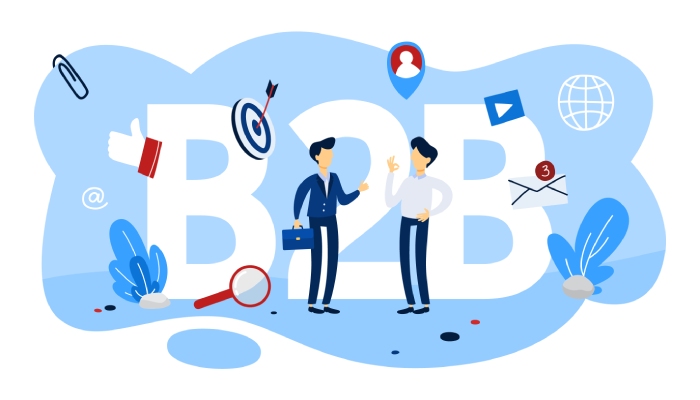
Future Outlook: Emerging Technologies and Strategies in B2B Email Outreach
The future of B2B email outreach in 2025 and beyond is shaped by several technological advancements and evolving strategies, poised to transform business development:
- Artificial Intelligence and Machine Learning: AI-powered tools like Gong.io and Clara Labs are revolutionizing email sequencing by predicting optimal send times and enhancing personalized email content through data-driven insights.
- Advanced CRM Integration: Deeper integration between CRM platforms—including Salesforce, HubSpot, and Freshworks CRM—and email marketing automation systems like Marketo or Pardot streamlines sales funnel management and improves email conversion tracking.
- Hyper-Personalized Targeted Email Campaigns: Leveraging big data from B2B lead generation tools like Vainu, LeadIQ, and Clearbit enables ultra-targeted segmentation, driving higher email open rates and improved email click-through rates.
- Omnichannel Sales Engagement: Combining cold calling, social media prospecting (via LinkedIn Sales Navigator), and cold email within integrated platforms such as SalesLoft or Reply.io enhances relationship marketing and improves customer acquisition efforts.
- Improved Permission Based Marketing and Compliance: With growing data privacy regulations, marketers must embrace transparent data collection and email list building practices to maintain email deliverability and brand trust.
- Enhanced Email Automation and Outreach Best Practices: Platforms like ActiveCampaign and Constant Contact are innovating with enriched email drip campaigns and automated follow-ups, reducing manual intervention and boosting sales pipeline velocity.
- Real-Time Email Conversion Tracking & Analytics: Sophisticated tracking tools embedded in Mailchimp or Sendinblue, combined with AI analytics, provide actionable email marketing metrics, driving continuous conversion rate optimization.
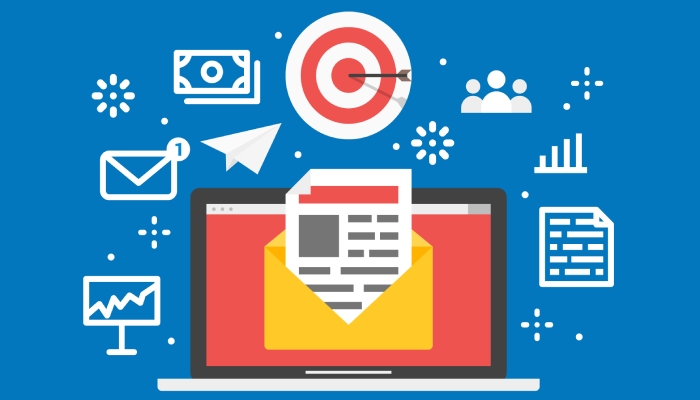
FAQs
What are the most important email marketing metrics to track for B2B sales success?
Tracking email open rates, click-through rates, bounce rates, reply rate, and conversion rate are essential to assess the effectiveness of your email campaigns. Additionally, monitoring email deliverability and reply management improves overall sales engagement.
How can I improve email personalization in my prospecting emails?
Use CRM integration with platforms like HubSpot or Salesforce to access detailed buyer persona data, allowing you to tailor email content dynamically. Personalizing subject lines and body content based on target audience segmentation significantly enhances engagement.
What tools are best for automating B2B cold outreach campaigns?
Tools such as Outreach.io, SalesLoft, Reply.io, and Woodpecker excel in automating cold email sequencing, follow-ups, and sales pipeline management, integrating smoothly with CRM systems for better lead nurturing.
How do I avoid common mistakes in B2B cold email campaigns?
Avoid generic messaging by segmenting your contact database and personalizing emails appropriately. Don’t neglect automated follow-ups, and always adhere to permission based marketing to maintain high email deliverability rates.
What role does CRM integration play in B2B email marketing?
CRM integration ensures all sales outreach and marketing automation efforts are aligned, providing a single source of truth for customer interactions. This integration facilitates email conversion tracking, relationship marketing, and optimized sales funnel management.







